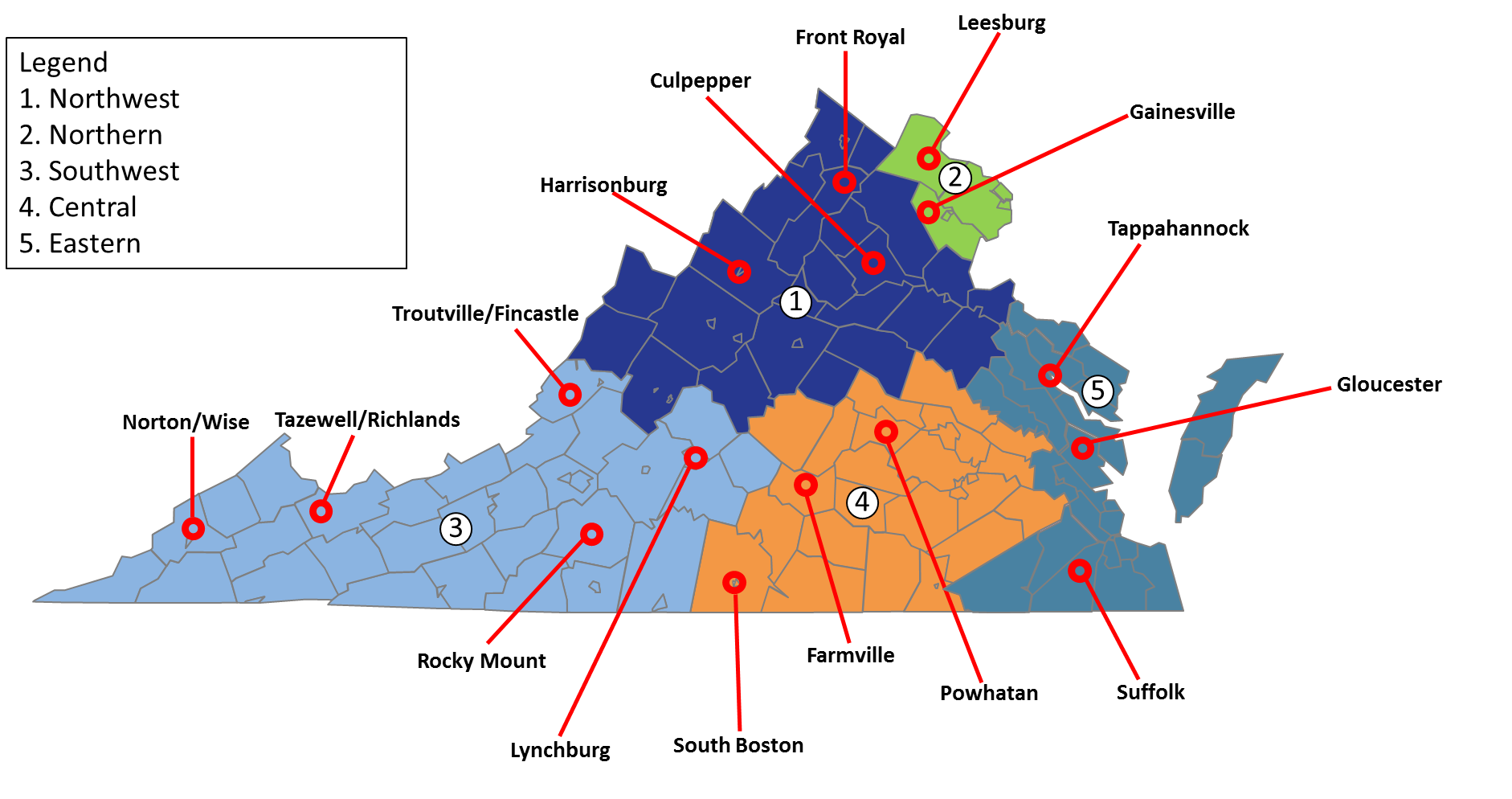Veterinary Tick Survey
Tick Survey Overview
The Virginia Department of Health vector-borne disease team (VDH VBD) wants to collaborate with small animal veterinary practices to determine the prevalence of the five tick species of veterinary and medical importance in Virginia. We are looking for practices with three or more veterinarians with a sizable case-load that would potentially yield ticks from client animals in multiple counties. Veterinary practices located in semi-rural/suburban areas would be of particular interest as they may see animals from a wider geographic footprint. Our study is focused on tick collections from dogs, as they are more likely to be outdoors, and have direct contact with their owners. Additionally, dogs may potentially introduce ticks into the household and increase their owners’ chance of tick bite exposure. Tick submissions from other companion animals will also be accepted should they be found. De-personalized tick collection data from our survey will be shared with the veterinary community as well as the public to raise awareness about the geographic prevalence of various ticks found throughout the Commonwealth.
If you wish to participate in this project or share this information with your peers, please click on the following: Virginia Veterinary Tick Survey - Letter to Veterinarians

The Veterinary Tick Surveillance Project will consist of 16 clinics across the Commonwealth. Each red circle indicates a preferred location for collaborating veterinary clinics and hospitals. They are distributed in order to maximize coverage across the state.
Materials and Methods
The VBD will supply participating practices with the materials needed to collect and label collected ticks. Each practice will be provided with one hundred 5mL and twenty-five 30mL test tubes prefilled with alcohol. Pre-made sample labels will be supplied and will include a practice-specific record ID# for each patient along with a checkbox for animal species, and entry areas for collection date and county of animal residence. Two labels will be assigned to each patient, one for the tick collection vial, and one for your records, all of which will have the same unique ID number. A method to document the unique ID number associated with each animal from which ticks are submitted will also be supplied to participating practices.
Samples will be recovered on a monthly basis from each cooperating veterinary practice by a representative from the local health department. Once received, ticks will be identified to species, and findings will be shared with each veterinary practice by email. Lastly, a tick collection map displaying the results by county will be updated monthly and available online through our environmental epidemiology website: https://www.vdh.virginia.gov/environmental-epidemiology/virginia-tick-survey/
The VDH VBD would be interested in contacting the owner of any animal identified as one on which a brown dog tick (Rhipicephalus sanguineus) is found. Clinics would be asked to inform the client of the VBD’s findings in this situation as well as provide Dr. Gaine’s contact information in order to answer questions and set up a survey. This tick species is of particular interest due to its tendency to live in or near the living spaces which dogs occupy and its potential to carry and transmit Rocky Mountain Spotted Fever (RMSF).
|
Dr. David Gaines State Public Health Entomologist Virginia Department of Health
|
Dr. Julia Murphy State Public Health Veterinarian Virginia Department of Health
|
Joshua Bernick
Tick Surveillance Coordinator Virginia Department of Health |
We are currently working on a tick collection map similar to the Virginia Tick Survey: https://www.vdh.virginia.gov/environmental-epidemiology/virginia-tick-survey/
